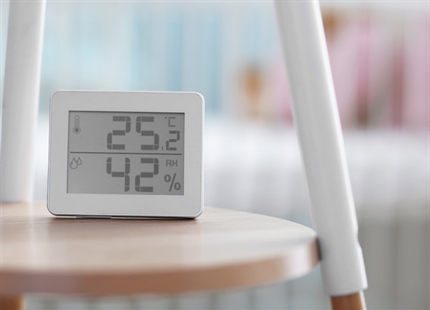Published: 1966 | Zeitschrift für Präventivmedizin 1966, 11. 9-16
Socio-medical study on pathogenesis and prophylaxis of common colds
Ritzel G
Abstract
Ritzel’s prospective interventional study was the first published research on the preventive effect of humidification.
In 5 of 10 kindergarten double pavilions, indoor humidity was increased by 9% (mean of 40% to 49%RH) during 9 weeks (January to mid-March) by nebulizing humidifiers.
Teachers were instructed to ask children and parents about the reason for absenteeism and include all missed schooldays in the study data, where symptoms of "cold" infection (coughing, rhinitis, sore throat and fever of unknow origin) were involved.
In the intervention group of kindergarten children, who experienced higher average humidity levels, the rate of absenteeism was reduced from 5.7% to 3.1% across the study period.
The reliability of the conclusive statement is increased by the fact that the catchment areas, and therefore the socio-economic background of the children in the double school pavilions, were identical.


















